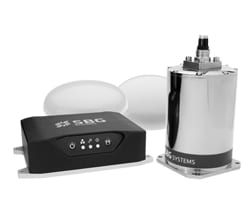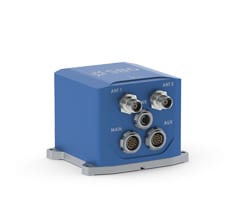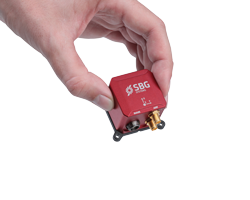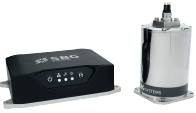Documentation
Qinertia for Surveyors
The Next-generation INS/GNSS Post-processing Software dedicated to surveyors
Key Features
+ 8,000 Base Stations always up-to-date
After the mission, Qinertia gives access to offline GNSS data from more than 8,000 base stations located in 164 countries - and always up-to-date.
Tightly Coupled Post-processing
Advanced tight coupling algorithm has been designed by SBG Systems to deliver the highest accuracy and maximize RTK availability.
Virtual Base Station (VBS)
When you are far from a GNSS base station, Qinertia can automatically generate a Virtual Base Station (VBS). This VBS is created optimally for your trajectory in order to achieve the best position accuracy.
Image geo-tagging for Photogrammetry
Qinertia simplifies the photogrammetry workflow by adding precise position and orientation to JPG images. All images can be previewed and easily edited before export. Qinertia accepts DJI P4 RTK native format and Matrice RTK with payload Zenmuse P1. Qinertia PPK software is fully compatible with RTK GNSS capable UAVs and photogrammetry suites including PIX4D, Agisoft, UAS Master, etc.
Qinertia CLI for Integrators
Create complex and automated workflows with the Qinertia Command Line Interface (CLI). Qinertia allows fast processing even for large logs thanks to modern 64-bit design, and is designed for integrators with pay-as-you-go licensing & cloud friendly API (Unix, Docker, JSON).
Flexible Licensing
Easily share your floating license with your team. We offer flexible licensing options (perpetual or subscription) to best fit your needs.
| Perpetual License |
| Initial purchase + yearly maintenance |
| Subscription | |
| 1 Month | 12 Months |
The Next-generation PPK Software
The Fastest Processing
Less than 3 minutes for a 6-hour log thanks to Forward and Backward computation at the same time.
Advanced Quality Indicators
Interactive Advanced parameters: separation, standard deviation, bias, scale factor, lever arm.
Processing Made Easy
Automatic Lever arm and alignment estimation & integration of aiding equipment with specific error models.
Resources
































